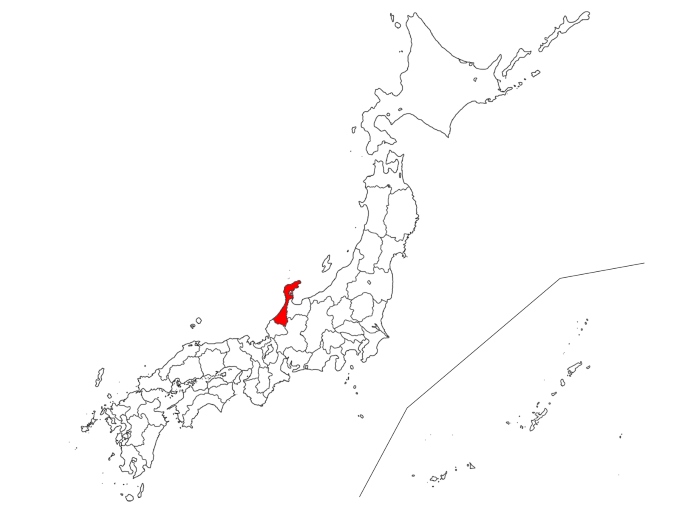1.Basic Information
Kanazawa Castle Park (Kanazawajyou)
Kanazawa Castle, built in 1580 by the Maeda family of the Kaga Domain, served as their residence for about 300 years. After the Meiji period, the castle was under military jurisdiction and was later used as a campus for Kanazawa University. After the university relocated in 1995, the castle grounds were developed into a park by Ishikawa Prefecture, preserving important cultural structures and stone walls. Kanazawa Castle is also famous for its cherry blossoms. In early April, about 400 cherry trees bloom, attracting numerous visitors. The combination of the Ishikawa Gate and cherry blossoms is particularly popular among foreign tourists.
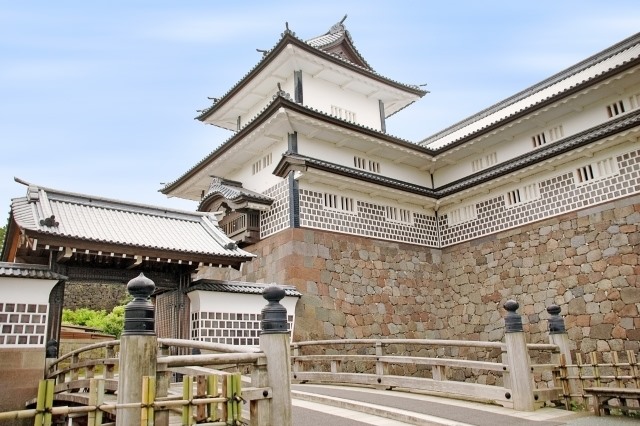
Kenrokuen (Kenrokuen)
Kenrokuen, built in the Edo period outside Kanazawa Castle, is one of the Three Great Gardens of Japan, alongside Mito’s Kairakuen and Okayama’s Korakuen. In 2009, it received a three-star rating in the Michelin Green Guide. The expansive garden features ponds, teahouses, and is known for its cherry blossoms, plum blossoms, and autumn leaves. The winter practice of “Yukitsuri” protects tree branches from snow. At night, the illuminated garden offers a mesmerizing view.
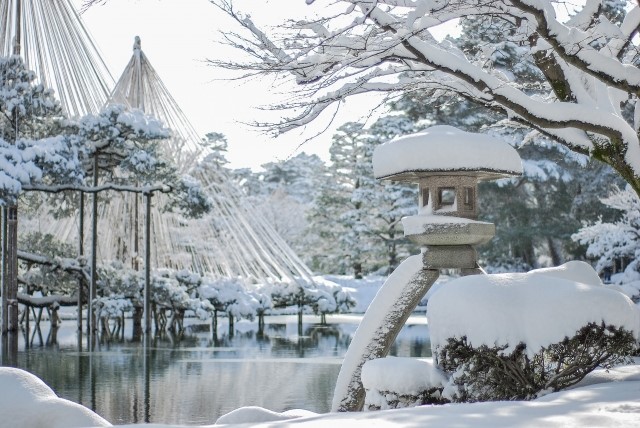
Nagamachi Samurai Residence (Nagamachi-Bukeyashiki)
The Nagamachi Samurai Residence area retains the ambiance of the Edo period, with its earthen walls, cobblestone pathways, and impressive samurai houses. In winter, “Komogake” is practiced to protect the walls from snow and frost, becoming a winter scenic spot in Kanazawa. Numerous restaurants, local cuisine eateries, and cafes line the streets leading from this area to the bustling Kourinbou district.
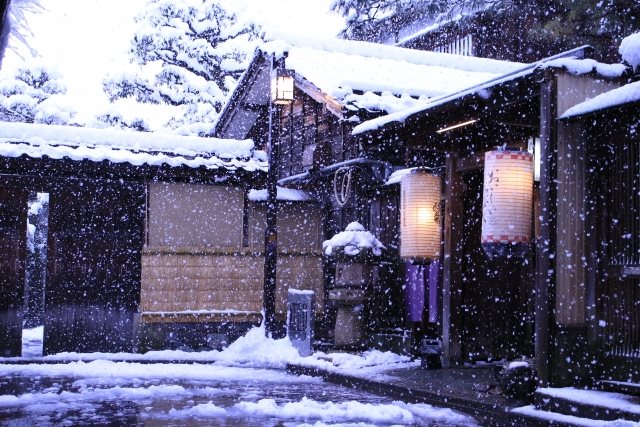
Higashi Chaya District (Higashi-Chayagai)
The Higashi Chaya District epitomizes Kanazawa’s culture from the Edo period, with its preserved teahouse ambiance. The cobblestone streets offer perfect photo opportunities, and many female tourists rent kimonos to take pictures against this backdrop.
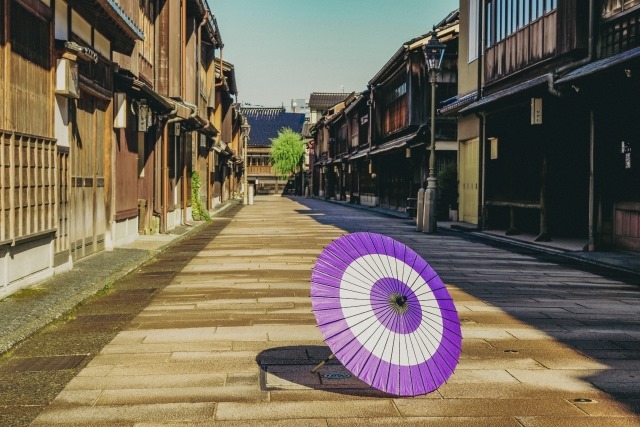
2.Reviews
Omi-cho Market (Oumicho-shijyo)
The Omi-cho Market, with its nearly 300-year history, houses around 170 shops offering fresh seafood, vegetables, fruits, meats, souvenirs, sweets, and more. Locals frequent the market for their daily shopping, and its proximity to attractions like Kanazawa Castle, Kenrokuen, Katamachi, Kanazawa Station, and art museums make it a recommended tourist base.
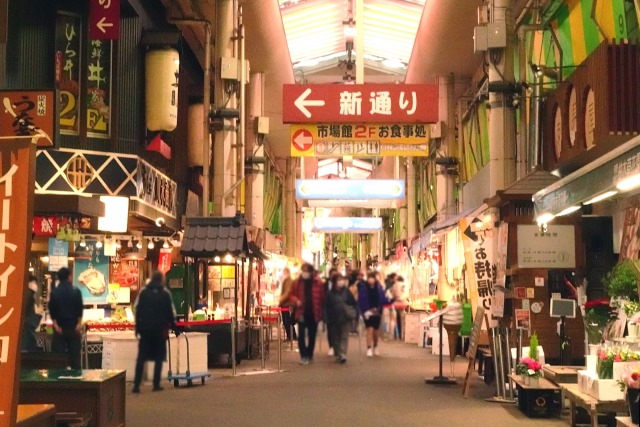
Shiroyone Senmaida in Wajima (Shiroyonesenmaida)
Wajima’s morning market, with a history spanning over 1000 years, is one of Japan’s Three Great Morning Markets. Comparable to the morning markets in Chiba’s Katsuura and Saga’s Yobuko, over 200 stalls sell fresh seafood, agricultural produce, and crafts. Apart from shopping, visitors enjoy interacting with locals. The Shiroyone Senmaida terraced rice fields, Japan’s first World Agricultural Heritage site, offer breathtaking views throughout the year.
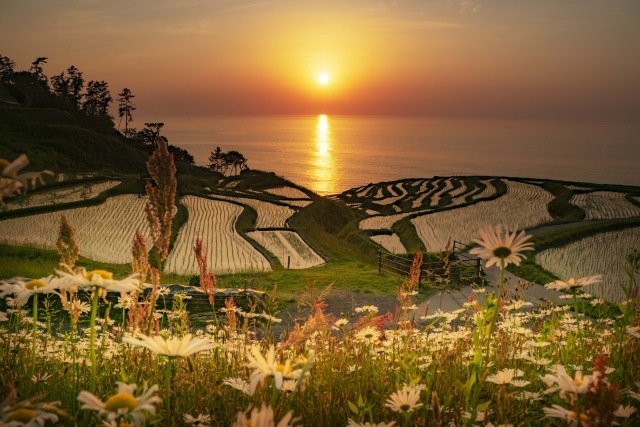
3.Local Food



4.Transportation Information
■How to get to Kanazawa
Kanazawa City Tourism Association Official Website (Multilingual)
https://www.kanazawa-kankoukyoukai.or.jp/access/index.html
■How to get to Wajima
Wajima City Tourism Association Official Website (Multilingual)
https://wajimanavi.jp/
5.Map Information
